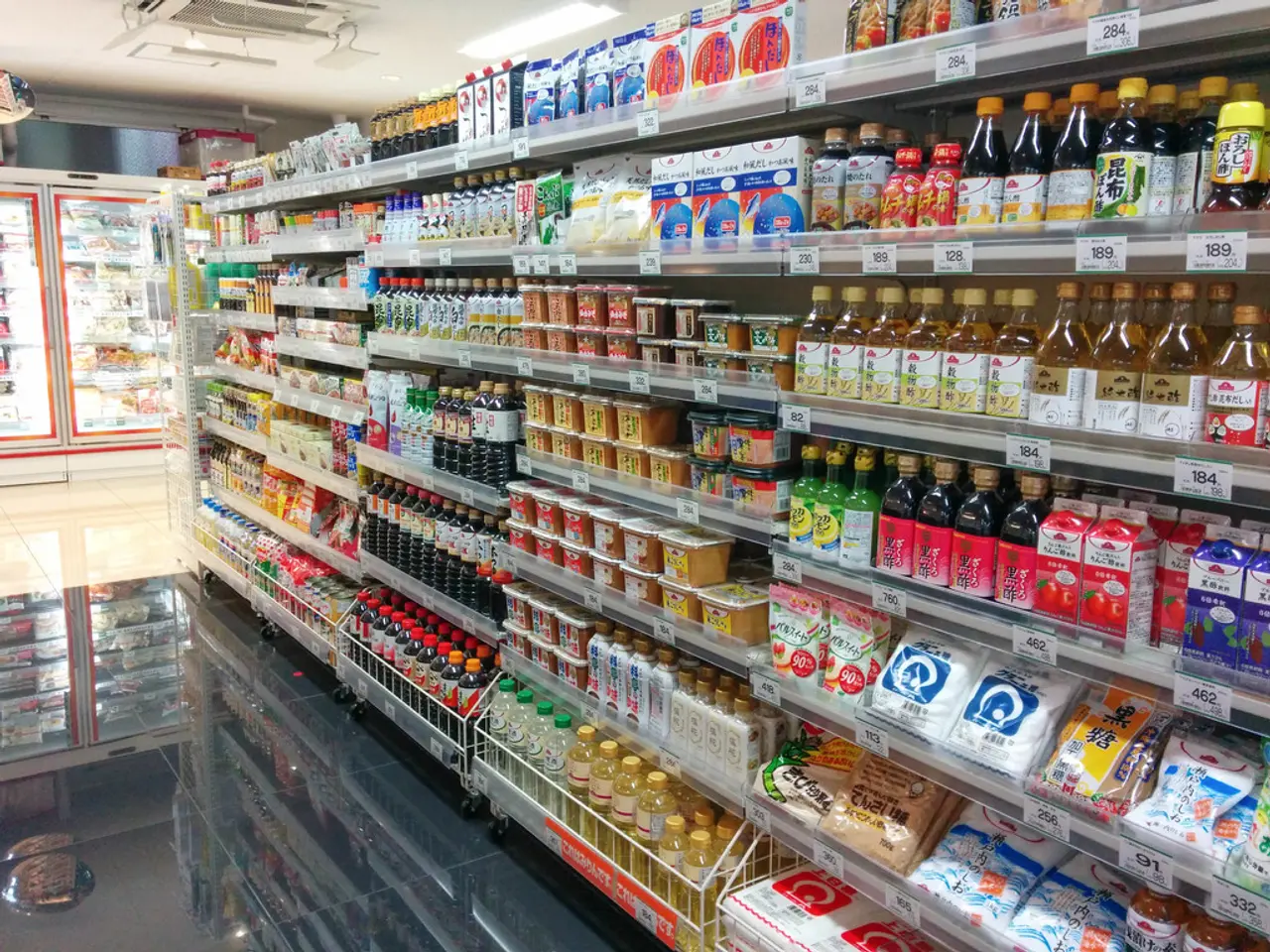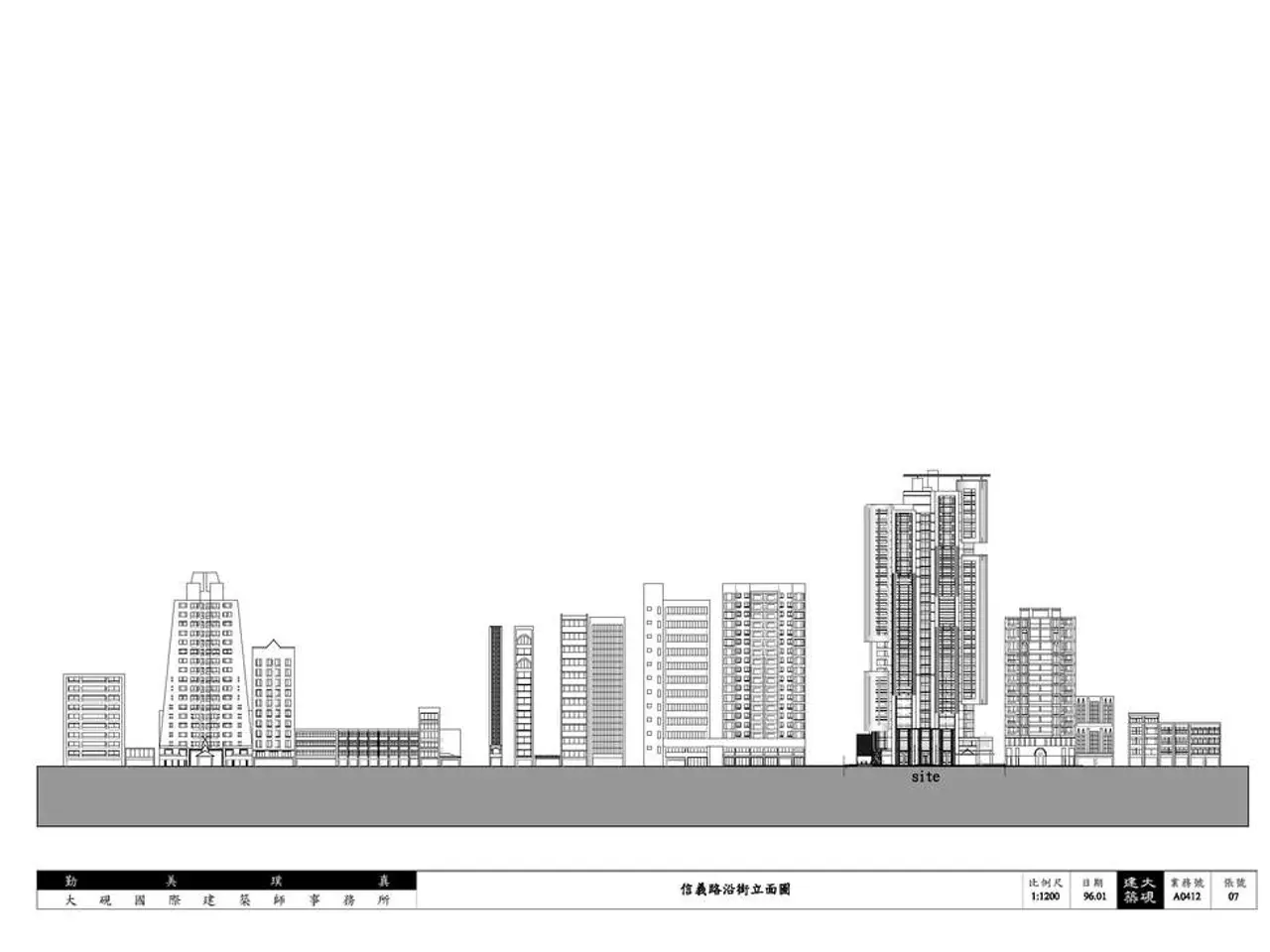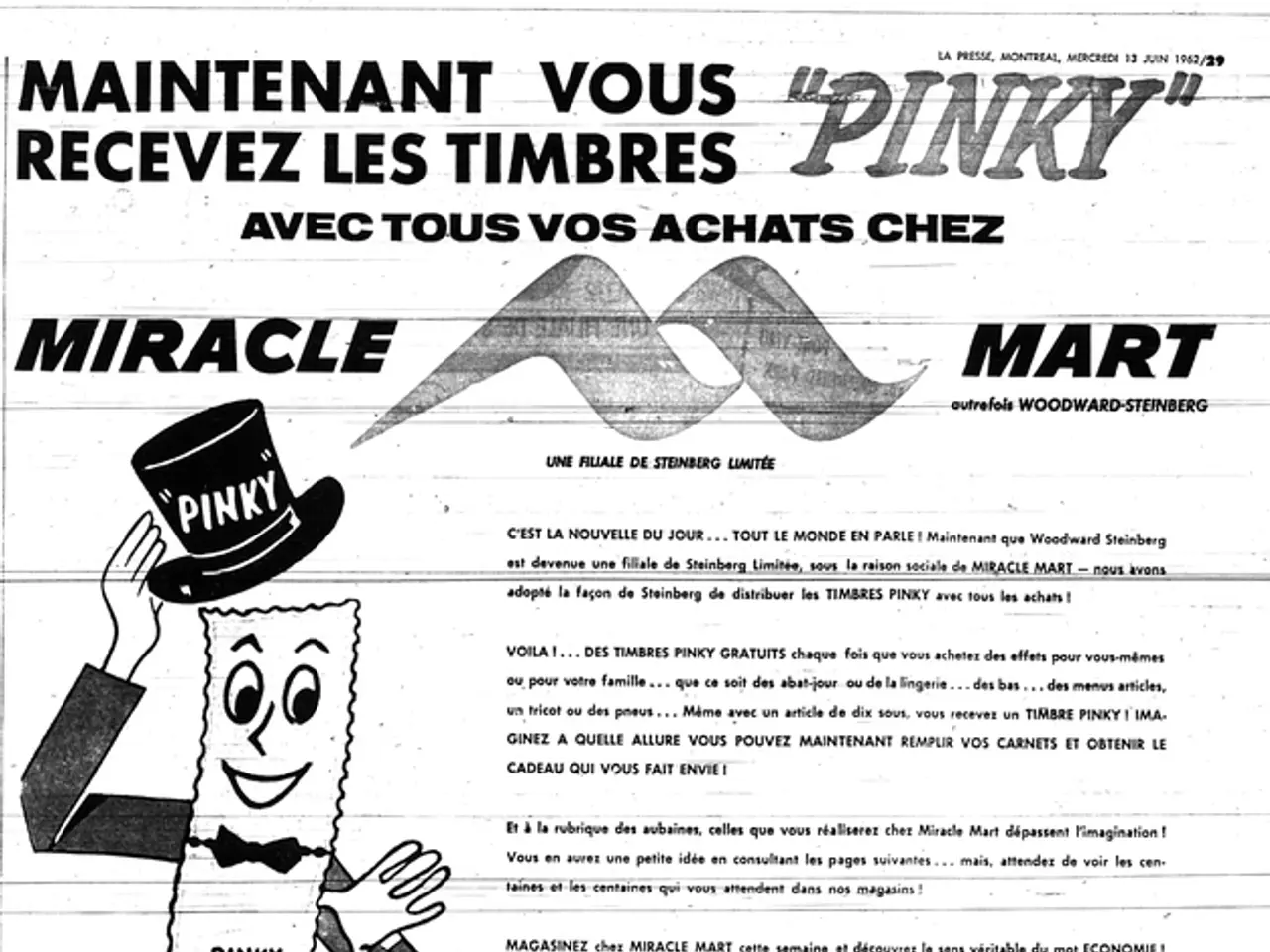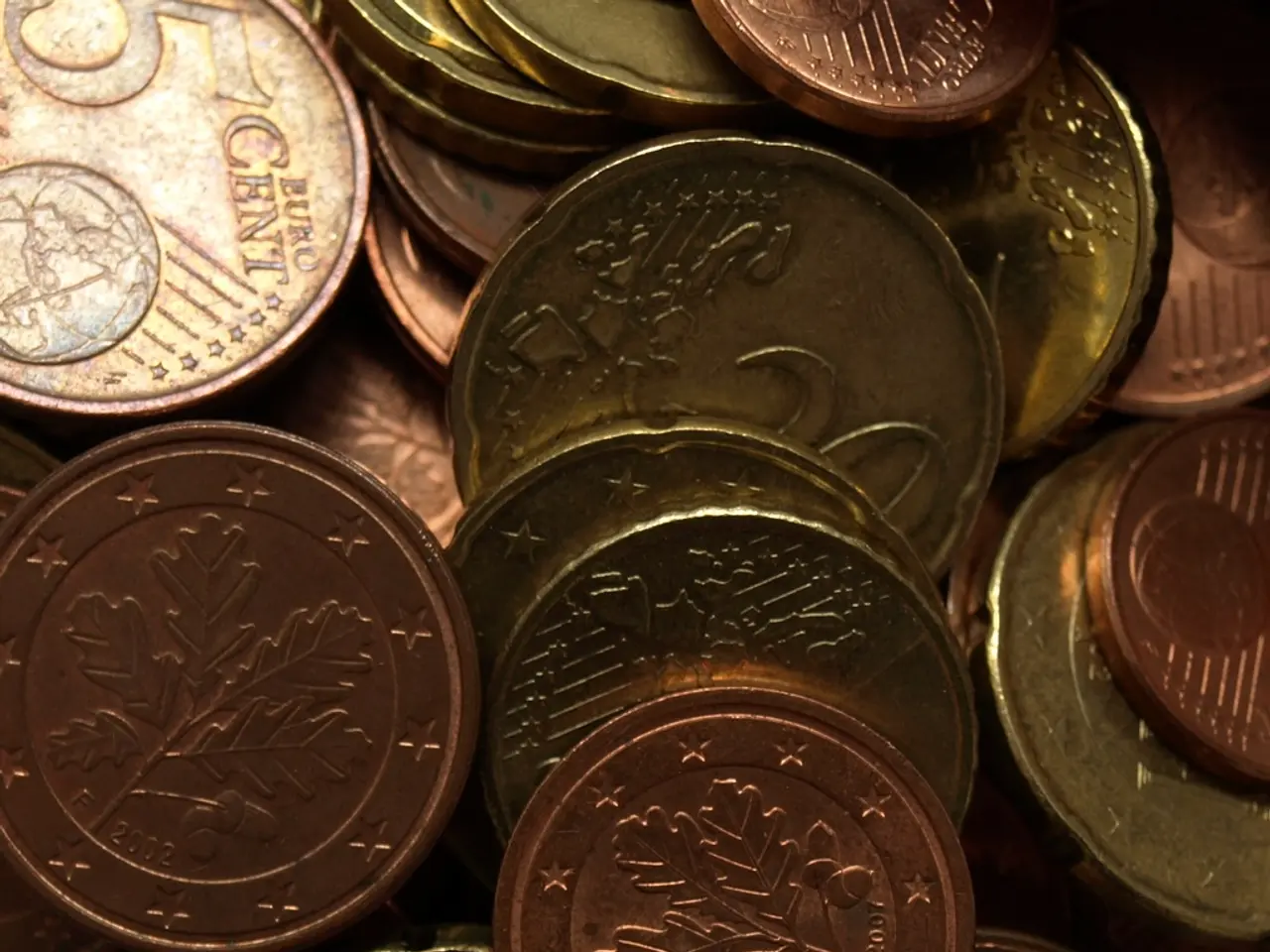FMCG sector experiences a 7.32% increase in worth during the June period
The Fast-Moving Consumer Goods (FMCG) industry in India experienced moderate value growth in Q2 2025, with distinct trends in urban and rural markets shaped by several influencing factors.
### Growth Overview
The overall FMCG value growth was around 11% year-on-year, mainly driven by a 5.6% price increase, while volume growth moderated due to inflation and consumer shift to smaller pack sizes and discretionary spending cuts. Q2 growth showed early signs of urban recovery supported by favorable monsoon and easing input costs, while rural markets continued to grow faster.
### Urban vs Rural Growth
Urban India had a value growth of 7.7% in the same period, slightly higher than the overall industry. In contrast, rural India recorded a growth of 7.1%, demonstrating a robust performance. The growth drivers, consumer behavior, and company focus differed significantly between urban and rural markets.
### Key Factors Influencing Growth
Price inflation and pack sizes, input cost volatility, monsoon and agricultural output, infrastructure development, and consumer preferences were the key factors influencing the growth in the FMCG sector.
### Industry Challenges
The FMCG sector faced its weakest consumer spend growth in a decade during FY25, with ITC reporting only 4.6% growth, reflecting a broader industry slowdown, especially in urban daily necessities. Quick commerce discounting wars and inflationary pressures impacted consumer spending patterns in cities.
### Outlook
Macro indicators like easing commodity prices, rate cuts, and a good upcoming monsoon are expected to revive demand in both rural and urban segments, potentially strengthening growth in the second half of FY26. Companies focusing on margin defense, rural expansion, and targeted urban strategies are poised to navigate current challenges effectively.
### Sector-Specific Developments
The beverage segment growth was 3.11% for the quarter, with a 4.3% degrowth in the month of June due to unseasonal rains. The beverage portfolio of Dabur India was impacted during the June quarter due to unseasonal rains and short summer. The chocolates and confectionery segment saw a degrowth of 6.75% during the quarter under review year-on-year. Packaged food value growth was 2.21% for the June quarter year-on-year. Dairy products had a value growth of 8.43% for the June quarter year-on-year. Unseasonal rains slowed the growth of beverage and summer products, affecting the overall industry growth rate during the June quarter. The home care segment saw a marginal degrowth of 0.49% during the same quarter compared to the previous year.
### Company Highlights
Marico Ltd stated that during the June quarter, the FMCG sector exhibited consistent demand patterns, marked by improving trends in rural markets and steady urban sentiment. Dabur India noted a sequential recovery in demand with an uptick in volume growth particularly in urban markets during the June quarter.
### Market Trends
India's EV sales doubled in June 2025 compared to the same month last year. 5% of new vehicles sold in India during June 2025 were electric vehicles, according to FADA.
The article was published on July 7, 2025.
- The growth in the FMCG industry's value was driven by a combination of factors, including price increases, shifts in consumer pack sizes, and rural market growth.
- Although urban India had a slightly higher growth rate than the overall industry, rural India's growth was robust, with both markets being influenced by various factors.
- Key influencing factors in the FMCG sector included price inflation, pack sizes, input cost volatility, monsoon, infrastructure development, and consumer preferences.
- The FMCG sector faced a slowdown in consumer spend growth during FY25, with ITC reporting only 4.6% growth, and urban daily necessities being particularly affected.
- Looking ahead, easing commodity prices, rate cuts, and a good monsoon are expected to revive demand in both rural and urban segments, potentially strengthening growth in the second half of FY26.
- Sector-specific developments showed that certain segments, such as beverages, chocolates and confectionery, packaged food, dairy products, and home care, experienced variable growth rates due to factors like unseasonal rains and short summer. Meanwhile, the electric vehicle sector saw a significant increase in sales in June 2025 compared to the previous year.




